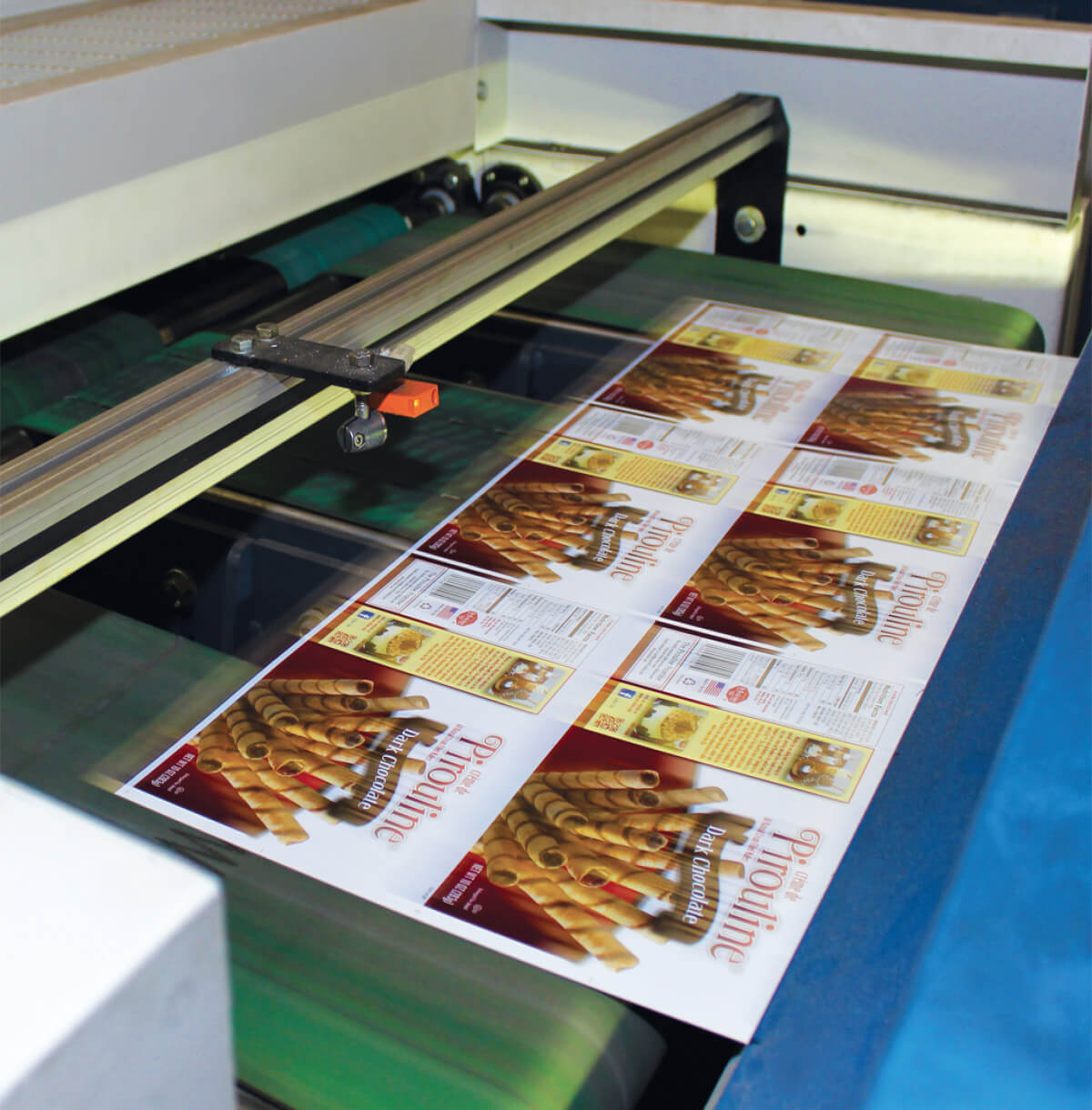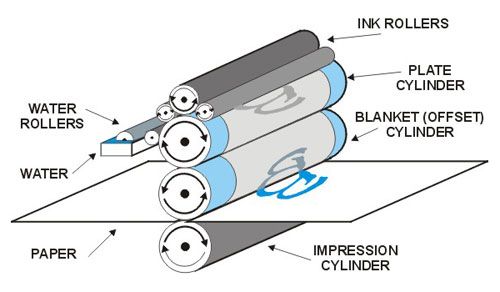A Comprehensive Overview to Comprehending Litho Printing Methods
The world of litho printing, a method stemming from the late 18th century, is a remarkable mix of background, technology, scientific research and art. This detailed overview will certainly untangle the intricacies of this printing approach, from the structure of litho inks to the challenges encountered in modern applications. As we venture into the complexities of lithography, the significance of automation and sustainability in guaranteeing its future significance ends up being increasingly clear. Stick with us as we journey into the fascinating world of litho printing.
The Historic Development of Litho Printing
The historic trajectory of litho printing, a pivotal advancement in the world of communication, is a fascinating tale of human resourcefulness. The procedure advanced with the advent of the rotary press, which significantly raised performance. Each phase of litho printing's evolution showcases mankind's ruthless quest of effectiveness and top quality in aesthetic communication.
Deciphering the Scientific Research Behind Litho Printing Inks
Moving onward in the exploration of litho printing methods, the emphasis now changes to the science behind litho printing inks. The structure of these inks, their drying procedure, and shade mixing methods create the backbone of this complicated art type. Recognizing these elements is crucial to grasping the craft and attaining the wanted print outcomes.
Composition of Litho Inks
In lithographic printing, the basic role of litho inks can not be overemphasized. The composition of litho inks varies relying on its purpose, but generally, they include 2 major elements - automobiles and pigments. Pigments, the color-providing components, are finely ground bits suspended in the vehicle, a fluid that lugs the pigment onto the printing surface area. The car is an intricate mixture of materials, oils, and solvents, which influence the ink's drying out time, attachment, and gloss. Furthermore, different additives exist to boost specific homes like circulation, drying, and resistance to environmental effects. Each part plays a critical component in the final print's high quality, making the accurate formulation of litho inks a complex scientific research.
Ink Drying Refine
From the structure of litho inks, attention turns to the fascinating process of ink drying out. Two main approaches are utilized in litho printing: oxidative drying out and absorption. Absorption, on the various other hand, entails the ink seeping right into the paper fibers, which is a quicker process but can lead to less dynamic colors.
Shade Mixing Strategies
While the drying process plays an essential role in litho printing, the scientific research of color mixing methods holds equivalent importance. The science behind litho printing inks also takes right into account the transparency of the ink, which influences how shades overlay and mix.
The Art and Design Aspects in Litho Printing
Litho printing takes a breath life right into art and layout via its special components. The procedure involves developing an image on a lithographic limestone plate or steel plate with a smooth surface. The image is then printed onto a tool, normally paper, by moving the ink from the plate. What sets litho printing apart is its capacity to reproduce complex designs with high fidelity, making the outcome virtually the same to the initial art work. This is attained with the use of various line methods such as hatching, cross-hatching, and stippling, which permit a series of tonal impacts. Additionally, litho printing suits a range of shades, enabling artists to produce lively and vibrant prints. This combination of accuracy and adaptability makes litho printing a favored selection for several musicians and designers.
Modern Applications of Litho Printing Strategies
Litho printing techniques have actually found considerable use in the modern-day commercial field. Its impact and importance proceed to expand with the development of brand-new advancements and technologies in the field. This area will discover these contemporary applications and the transformative duty they play in the printing sector.
Industrial Litho Printing Utilizes
In today's electronic age, one might wonder about the significance of traditional printing approaches. Litho printing stays an important component of the commercial field. High-volume printing tasks, such as the production of books, newspapers, and product packaging, rely upon litho printing for its capacity to deliver superior photo quality and price effectiveness. The process, which involves moving a tattooed picture from informative post a plate onto a rubber covering and after that to the printing surface, offers unparalleled consistency. This makes it optimal for jobs requiring a huge print run. Litho printing also offers a wide shade spectrum, above that of electronic printing. This makes it the go-to selection for jobs that require lively, high-grade color reproduction.
Advancements in Litho Printing
Pressing the limits of conventional techniques, modern advancements have actually sustained a host of advancements in litho printing. These advancements have not just enhanced the top quality and performance of litho prints but additionally increased its application range. One famous development is electronic litho printing, which incorporates the virtues of electronic technology with litho's premium output. This crossbreed version offers faster setup times, lowered waste, and allows on-demand printing. Another notable innovation is the intro of environmentally pleasant inks. These inks, made from vegetable or soy-based solutions, have actually considerably decreased the sector's environmental impact. litho printing. Furthermore, the development of innovative plate technology has structured the printing process, causing sharper images and improved color fidelity. These innovations emphasize the enduring significance of litho printing in the modern-day globe.
Exploring the Process of Litho Printing: Action by Step

Challenges and Solutions in Contemporary Litho Printing

Despite the precision and practice that litho printing happily supports, it is not without its set of modern obstacles. Digital litho printing enables for cost-effective brief runs and simple customization, attending to the problem of variable information. Hence, while there are obstacles, the litho printing market is proactively adapting to meet them head-on, ensuring its relevance in the future.
Conclusion
In verdict, litho printing, with its rich background and scientific complexities, holds a considerable place in the print market. The future of litho printing hinges on its capability to adjust to these transforming demands, verifying its enduring value in a progressing market.
